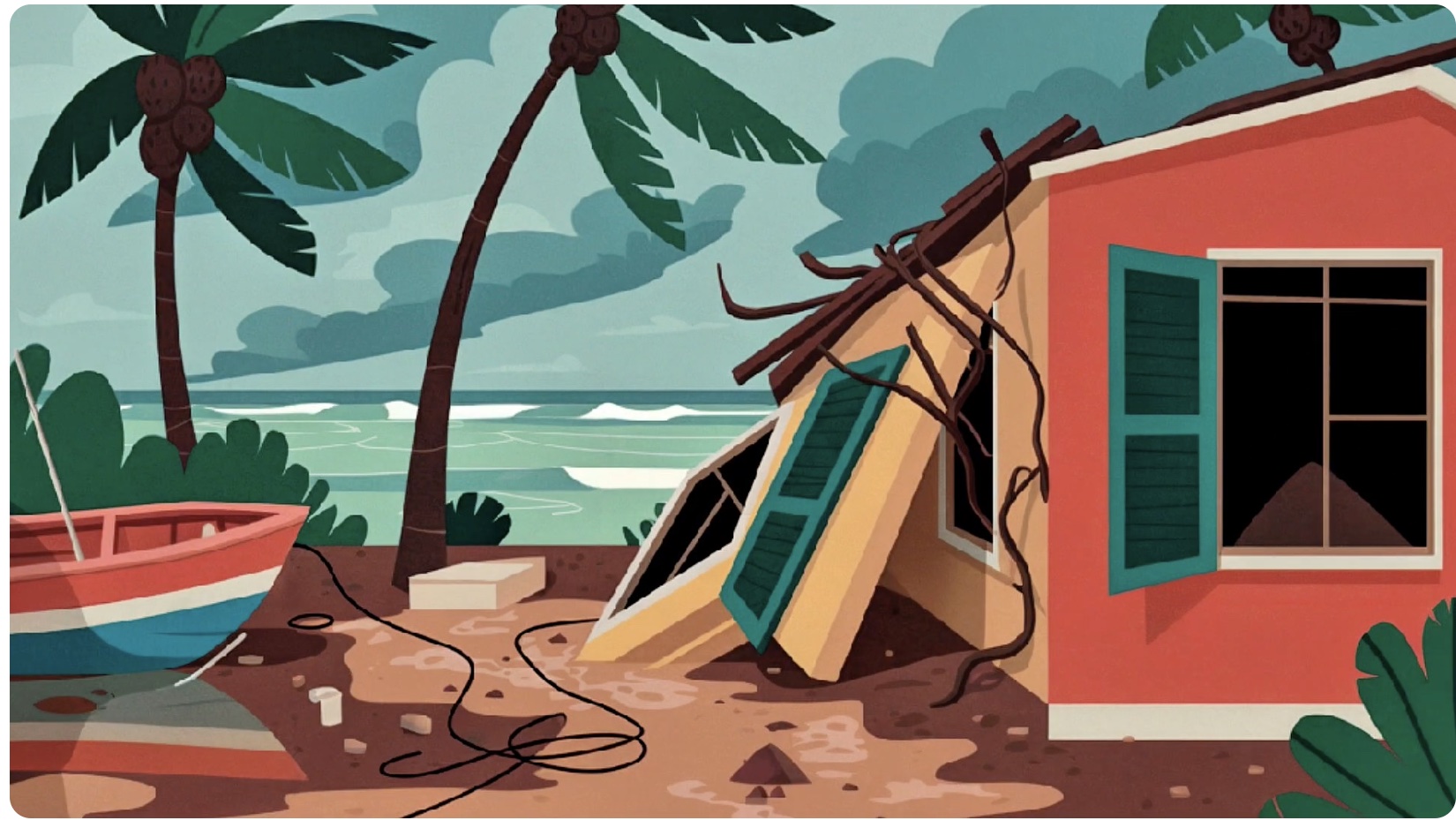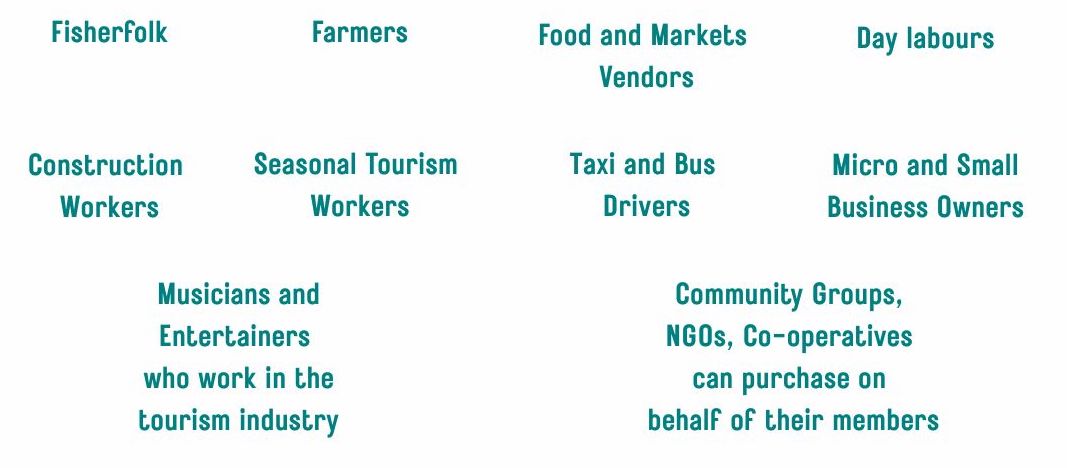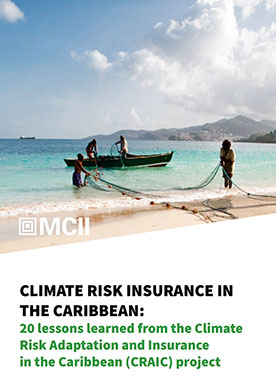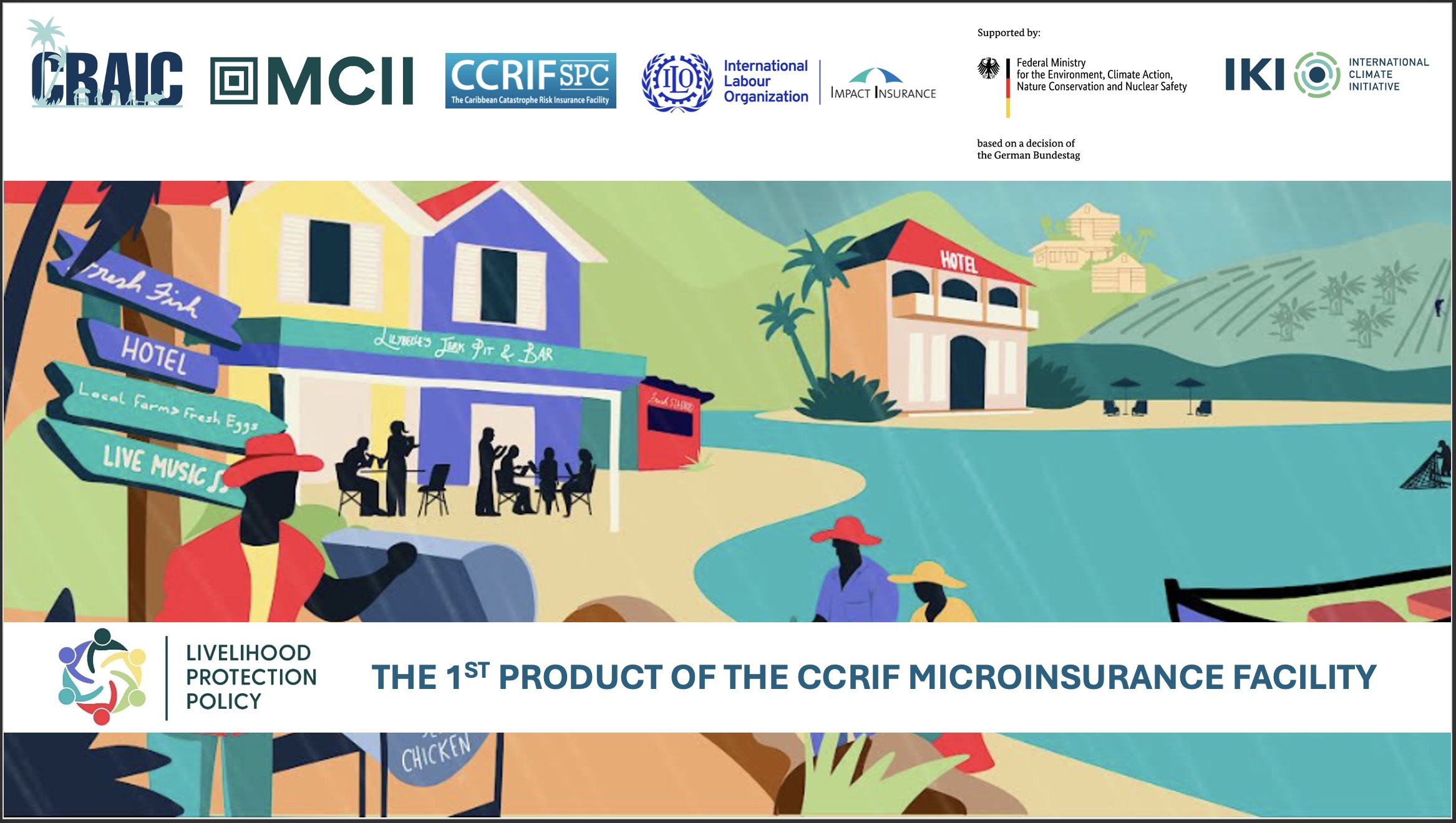The Livelihood Protection Policy (LPP) is a parametric, weather indexbased insurance product that offers insurance coverage for wind that is associated with tropical storms and hurricanes and rainfall that is associated with excess rainfall or with tropical storms and hurricanes.
The LPP provides quick cash payouts after an extreme weather event, which helps individuals recover faster after such events. The product is ideal for individuals whose livelihoods can be critically affected by floods and strong winds. The payouts are tied to a series of thresholds for wind speed and rainfall.
cAny individual who believes that they are exposed to natural hazard risks and have the potential to be impacted negatively and/or are already vulnerable to natural hazard events associated with wind or rainfall. The LPP has been designed with the following groups in mind, whose livelihoods are oftentimes disrupted by natural hazard events:
- fisherfolk
- farmers
- food and market vendors
- day labourers
- construction workers
- seasonal tourism workers
- taxi and bus drivers
- micro and small business owners
- musicians and entertainers who are dependent on the tourism industry.
Even a community group, an NGO, or a co-operative can purchase a policy or policies for its members.
By having access to the LPP, persons may be able to recover faster following natural disasters. In other words, the LPP is designed to provide some level of stability to the financial situation of vulnerable or lowincome individuals after a disaster by providing quick cash so they do not have to resort to coping strategies such as selling assets.
Let’s say there is a storm or hurricane or heavy rainfall, satellites measure the local rainfall and CCRIF’s SPHERA model estimates the wind speeds, using storm track data from the US National Hurricane Center (NHC) at the National Oceanic and Atmospheric Administration (NOAA). We use the data for each country’s location, parish, county – or part of the island depending on your country – and compare this information to the trigger levels related to your location.
An LPP policy payout can be triggered by wind or rainfall or both. LPP payouts are triggered based on the values for wind speed or rainfall level. The “trigger values” are based on actual weather events that have occurred in the past and are different for policyholders depending on where they live. The payout is done per peril. For each peril, the payout amount is calculated as a percentage of the amount of coverage for that peril: the more extreme the event, the larger the payout.
















